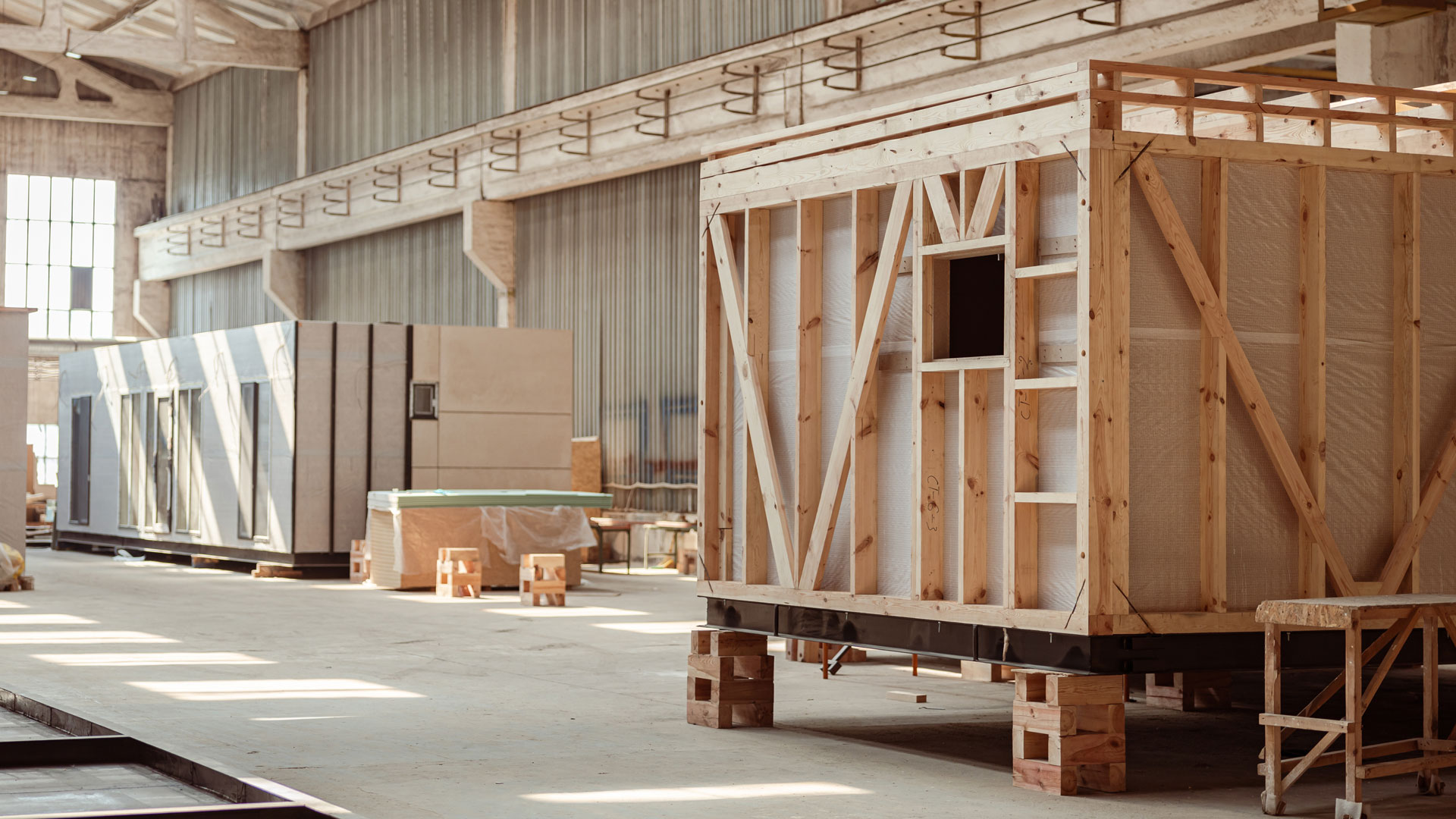The construction sector is a harsh environment for innovation. I’ve been following the story of one Finnish innovative contractor, Lehto Group, over the years with enthusiasm. I was saddened to hear that the group’s three significant subsidiaries joined the ranks of many Finnish contractors who have filed for bankruptcy over the last six months.
Lehto developed industrialized building concepts and had its own production facilities. The company had a promising start but eventually ran into problems. Was the industrial approach a mistake, or were other factors contributing to the firm’s fall?
Three contributing factors
Lehto Group’s collapse was not a surprise to its competitors, who had observed warning signs years prior. The company’s order book plummeted in 2024 despite still employing around 500 workers. Rakennuslehti, the leading construction magazine in Finland, asked three experienced industry professionals to give their views on Lehto’s failure. The interviewees spoke anonymously due to the small size of the Finnish market and the sensitive nature of commenting on a competitor’s matters.
Rapid Growth: Lehto’s growth outpaced its organizational development, creating a scenario where the company could not sustainably manage its expansion. This situation was further exacerbated by the pressure from the stock market, where Lehto’s valuation, at its peak, was comparable to significant players like YIT, the biggest contractor in Finland. Such valuations can lead to aggressive growth strategies that may not always be prudent or sustainable.
Diversification Challenges: Initially, Lehto succeeded in constructing relatively straightforward projects, such as halls and small shops, at competitive prices. However, as the company sought growth by moving into more complex construction projects, including correctional facilities and shopping centers, it struggled. The lack of expertise in these new areas led to operational difficulties, undermining the company’s profitability and efficiency.
Industrial Construction Issues: Lehto’s attempt to boost efficiency through industrial construction and investment in production facilities faced significant challenges. The Finnish market’s limited volume for industrial construction and the cyclic nature of the construction industry made it difficult to sustain the high investment costs associated with industrial facilities. These challenges initiated a negative spiral, affecting the company’s financial health and operational stability.
Modularity was initially a success factor
In another Rakennuslehti article, Aalto University Professor Antti Peltokorpi does not see a direct link between bankruptcy and the popularity of utilizing prefabrication and modularity. The following quotes are freely translated from Finnish.
“Lehto was characterized by modularity and made extensive use of its own factories, but these are not the actual reasons for Lehto’s problems. Rather, the background to Lehto’s collapse lies in its initial rapid expansion into new sectors and growth, which led to a turnover of key personnel, resulting in challenges in projects and at construction sites,” Peltokorpi explains.
“I would say, conversely, that modularity has supported Lehto’s successful projects. Certainly, the fact that Lehto had faith in modularity concepts has increased confidence in expanding operations. However, modularity does not solve all the challenges of projects.”
Lessons learned
The bankruptcy highlights the importance of strategic growth, deep knowledge of one’s core competencies, and the careful assessment of expansion into new areas.
This case serves as a reminder that while diversification and industrialization can offer paths to efficiency and growth, they require careful planning, market understanding, and the agility to adapt to changing market conditions.
View the original article and our Inspiration here


Leave a Reply